In addition to the form development, the production and preparation of the structural components to be assembled on the construction site is a key process. In this case, the engineer becomes a tailor. The major task is to create a double-curved membrane from many small planar cutting patterns as a whole structure subjected to the given prestress. The difficulty of this task becomes clear when trying to process half an orange in an imaginary model. Because of the radial and tangential curvature of the membrane skin, the orange half cannot be assembled from one planar part. It is only possible to decompose it into several planar parts.
In addition to the development of the actual cutting pattern, this decomposition is highly demanding. In the assembly, the cutting lines should be selected in such a way that each part has as much homogeneous prestress state over the surface as possible in the 3D geometry, and thus a non-uniform elongation allowance is avoided during the flattening process. The smaller the partial unit, the more uniform the prestress distribution and elongation allowances. This approach requires free setting of the cutting lines for the partial units, independent of any initial entry and global membrane geometry. When positioning the cutting lines for the partial units, the following aspects must be considered:
- Homogeneous prestress condition in the 3D geometry
- Homogeneous elongation allowance during the flattening process
- Limit width of the semi-finished material roll
- Material orthotropy
- Seam tracking
- Architecture
- Damage of the semi-finished product due to overly large segments
- Assembly
After the flattening, the segmented 3D partial surface piece then results in the desired individual component for the assembly. The following aspects must be considered in the flattening process:
- Material orthotropy
- Compensation/relaxation over the surface and at the edges
- Allowances at the edges
- Identical limit lengths between the adjacent elements
In practice, both work steps - of defining the cutting line tracking and of the subsequent flattening of the partial surfaces - are referred to as cutting.
In addition to the cutting pattern development for membranes, there is the assembly of cable elements. The form-finding process mentioned above searches for a geometry that sets the given surface stress of the membrane, and the given cable force, or the resulting force of the given cable, sags into equilibrium with the boundary conditions. Finally, this algorithm provides a new geometry with active forces.
Therefore, the cable length for fabrication cannot be deduced from the pure geometry of the shape found, but results from the geometry of the shape found minus the cable extension due to the acting prestress.
where
A is the cross-sectional area,
E is the modulus of elasticity,
N is the cable force.










.png?mw=350&hash=c6c25b135ffd26af9cd48d77813d2ba5853f936c)















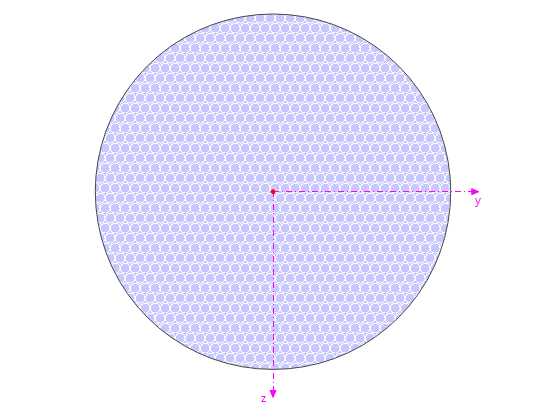
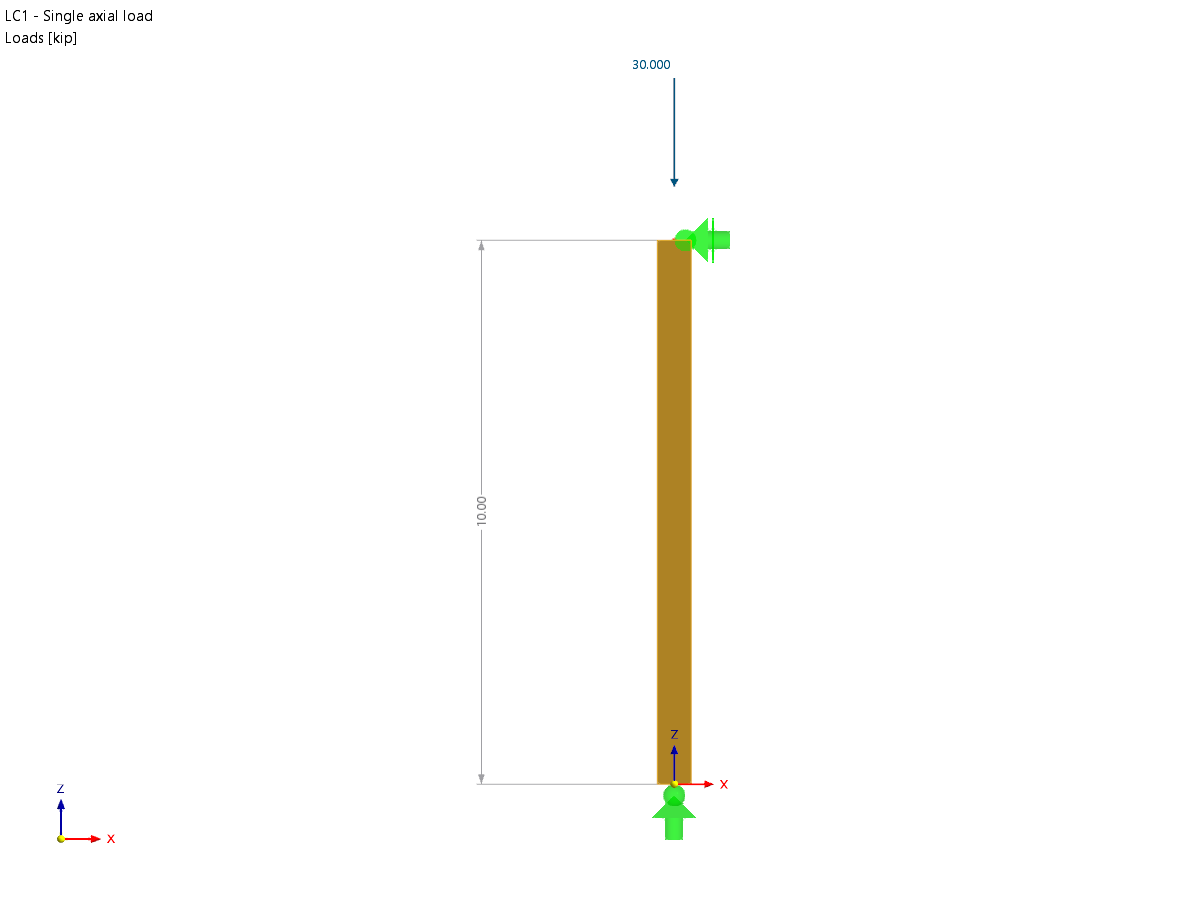

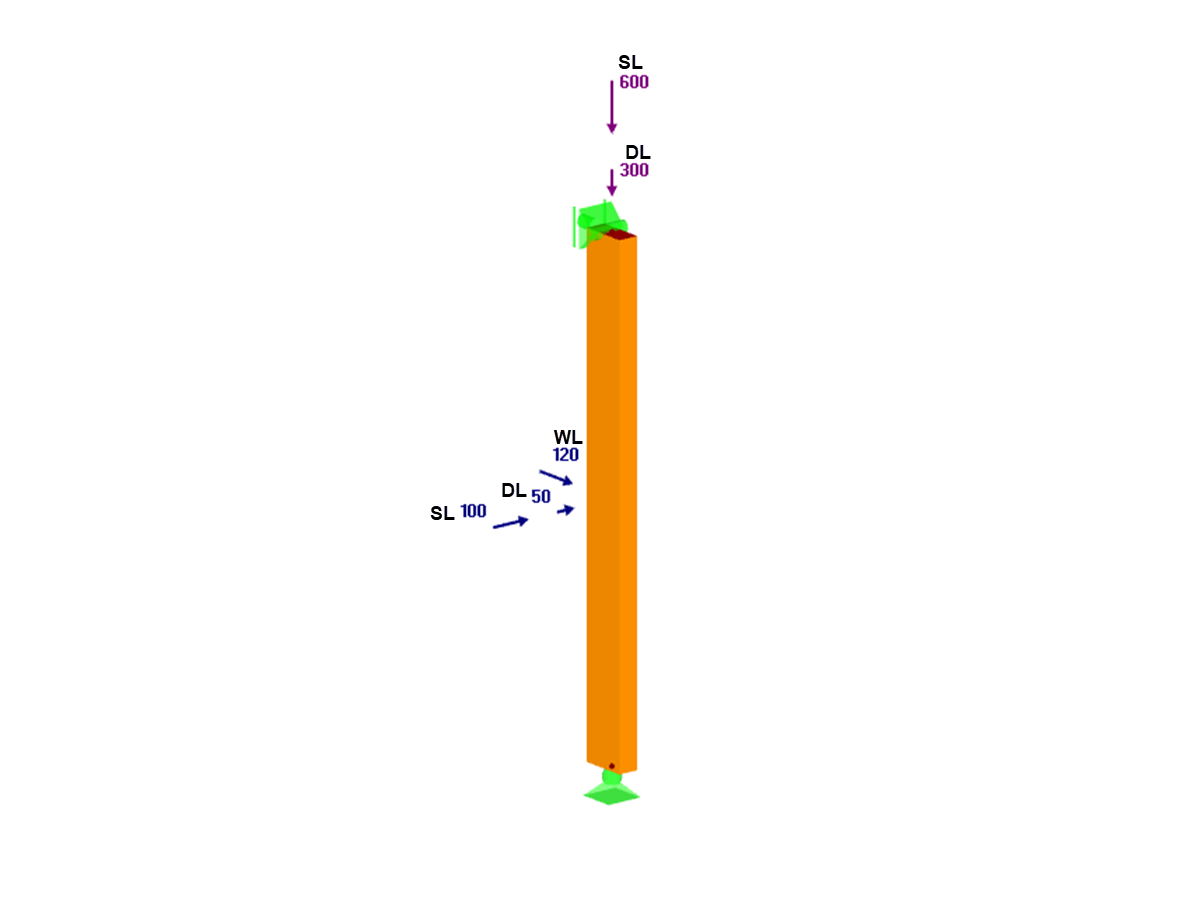










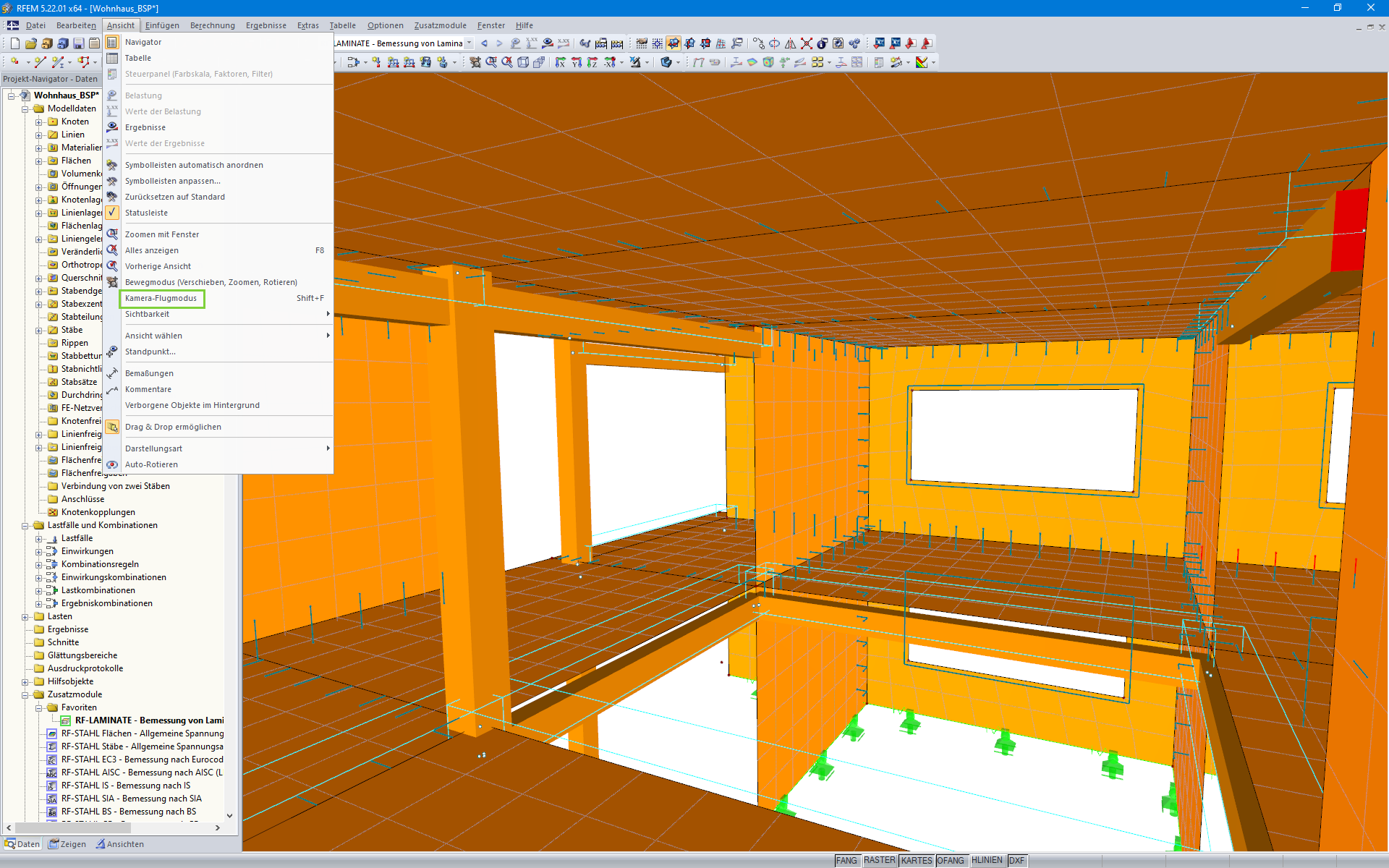
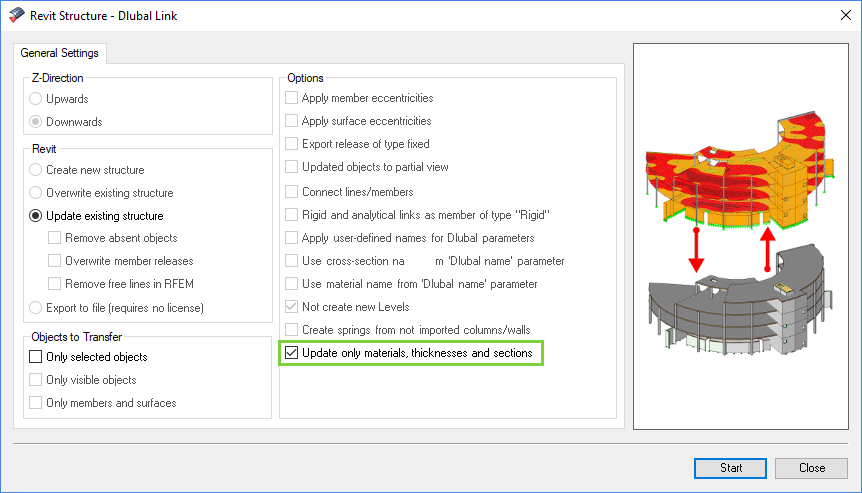
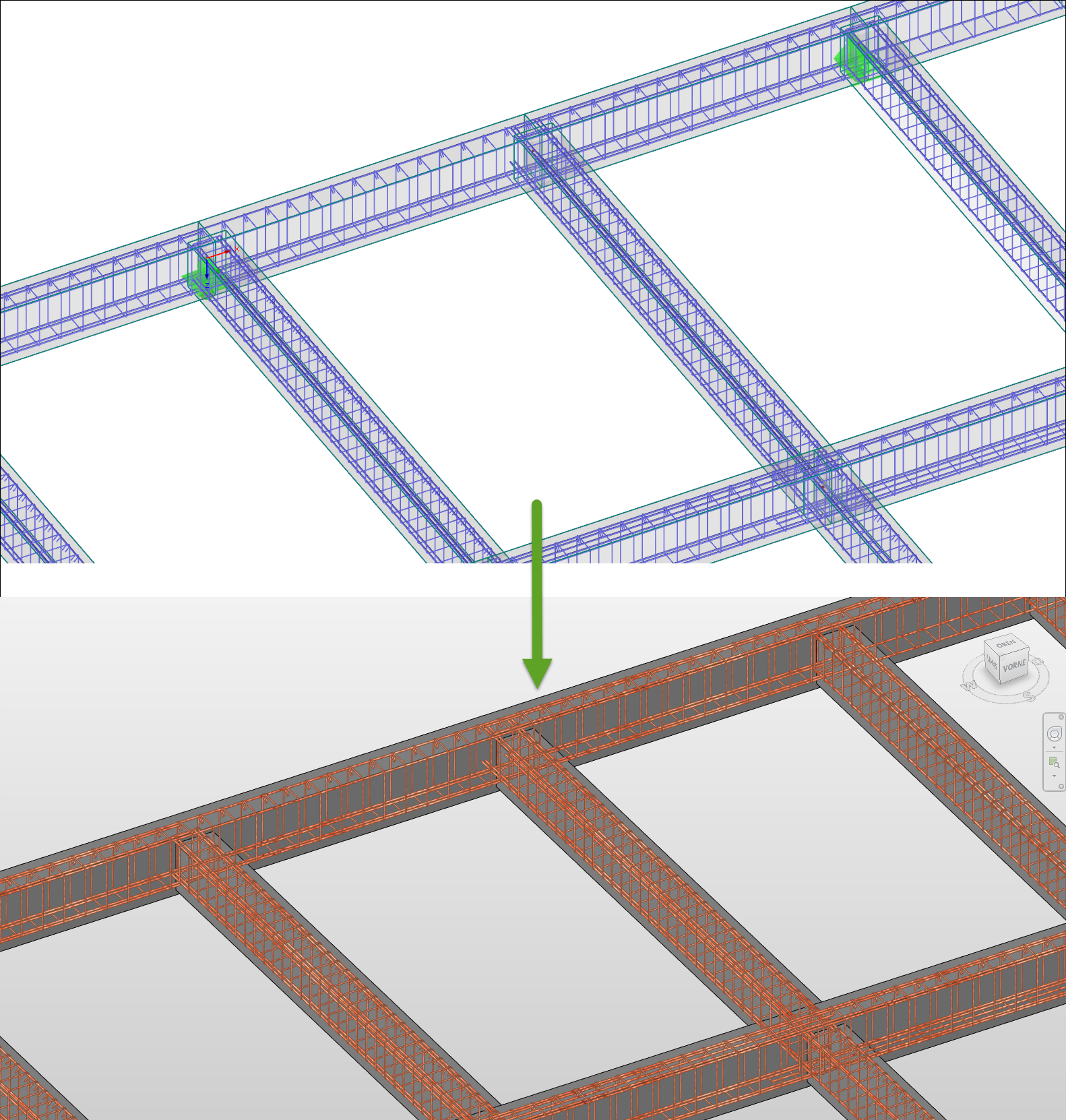








_1.jpg?mw=350&hash=ab2086621f4e50c8c8fb8f3c211a22bc246e0552)






































.png?mw=600&hash=49b6a289915d28aa461360f7308b092631b1446e)